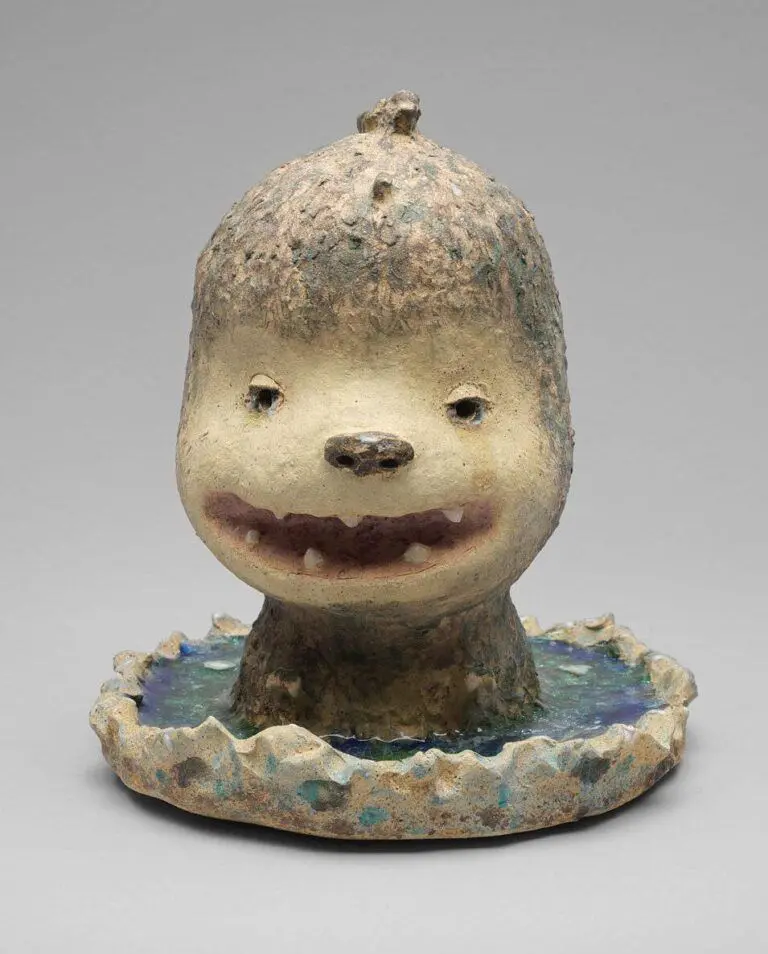Picasso: The Artist and His Muses
June 11–October 2, 2016
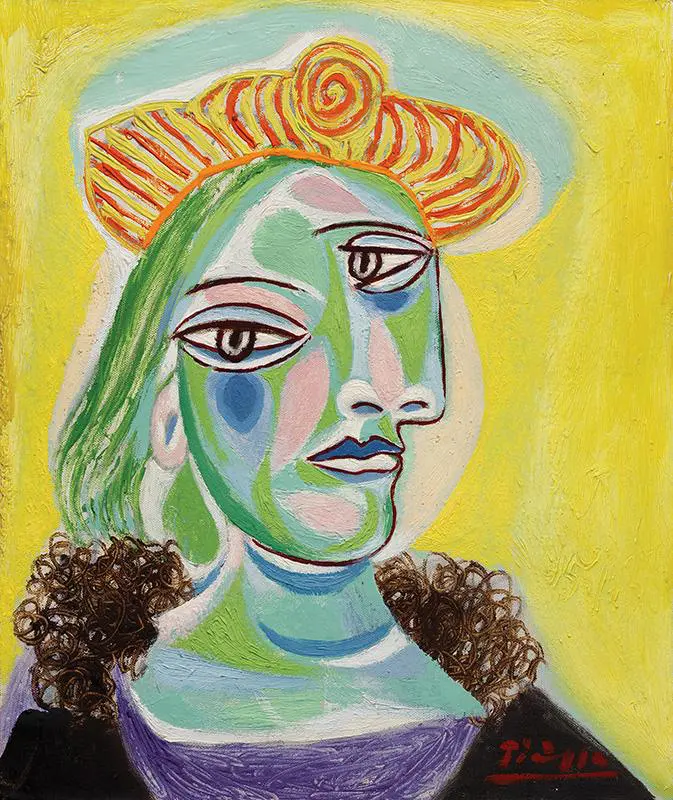
Pablo Picasso
Bust of a Woman (Dora Maar), 1938
oil on canvas
Hirshhorn Museum and Sculpture Garden, Gift of Joseph H. Hirshhorn, 1966
© Picasso Estate/SODRAC (2016)
Photo: Cathy Carver
Known for his enormous contribution to the canon of great art in the 20th century, Pablo Ruiz y Picasso (1881—1973) is one of the masters of Modernism. Examining the significance of the six women who were inspirational to his artistic development, Picasso: The Artist and His Muses is the most significant exhibition of Picasso’s work ever presented in Vancouver. Beginning in early 20th-century Paris, the exhibition takes the visitor on a journey through the lives and personalities of Fernande Olivier, Olga Khokhlova, Marie-Thérèse Walter, Dora Maar, Françoise Gilot and Jacqueline Roque, who were all principal figures in Picasso’s personal life and strongly influenced the development of his career. Picasso’s innovations in painting, drawing, print and sculpture are conveyed through recurring motifs such as the seated woman and reclining nude. The exhibition presents major works that dramatically altered the course of European art history.
THE MUSES
Fernande Olivier
The exhibition begins with Fernande Olivier (1881–1966), who is widely regarded as Picasso’s first great love. Experiencing first an abusive childhood then a violent marriage, by 1900 Olivier had settled in Paris and was modelling for artists. Olivier met Picasso in 1904, during his Blue Period, and moved in to his dilapidated Montmartre studio the following year. As their relationship developed, so did Picasso’s signature Rose Period, characterized by warm hues and subject matter such as harlequins and circus performers. In 1906 the couple travelled to Spain, where Picasso painted Olivier almost invariably in the nude. The many drawings and studies of Olivier from that period demonstrate Picasso’s quest for a new definition of pictorial space, which would eventually lead him, together with his close friend Georges Braque, to the invention of Cubism. Picasso and Olivier’s relationship began to crumble under the weight of mutual infidelities, and they separated in 1912. In the following decades, Olivier worked as a French teacher and would publish memoirs that detail one of Picasso’s most creative artistic phases.
Olga Khokhlova
Born in St. Petersburg, Olga Khokhlova (1891–1955) was a professional dancer in Sergei Diaghilev’s influential Ballets Russes. Khokhlova first met Picasso in Rome in 1917 while the artist was designing sets and costumes for the ballet’s production of Parade. In 1918, Khokhlova decided to leave the Ballet Russes, which was embarking on a tour abroad, and stay in Europe to marry Picasso. With the end of the First World War, Picasso and Khokhlova returned to Paris, where they lived a comfortable bourgeois lifestyle. When their son, Paulo, was born in 1921, Picasso’s art began to focus on timeless, Neoclassical representations of motherhood. The family’s domestic life, however, was far from peaceful and marked by violent disputes. In the late 1920s, Picasso sought to escape his bourgeois lifestyle through the company of the young Marie-Thérèse Walter, who would become his long-time mistress. As a result of Walter’s pregnancy in 1935, Picasso and Khokhlova eventually separated, although they never divorced due to Picasso’s refusal to evenly divide his property. Khokhlova remained his legal wife until her death in 1955.
Marie-Thérèse Walter
Picasso met Marie-Thérèse Walter (1909–1977) in 1927 and soon after the two began an affair. An athletic young woman of Swedish and Polish descent, Walter had a look that fascinated the artist. To keep their affair a secret, Picasso allegorized Walter in his works, developing visual codes to portray her in disguise. While on holiday on the coast of France with his family, Picasso rented a beach cabin nearby for his mistress. During this summer, the artist experimented with translating Walter’s body and movements into monolithic monuments through paint, inspiring the so-called Bather series (1927–32). This prolific period resulted in a series of sensual portraits that are among his most famous. Walter gave birth to Picasso’s first daughter, Maria de la Concepción (Maya), in 1935, a few months after the artist’s separation from his wife, Olga Khokhlova. Though Picasso soon went on to develop a new relationship, with Dora Maar, he remained close with Walter and continued to support her financially. Very little is documented about Walter’s later years, but it is known that Picasso’s death in 1973 left her devastated, and four years later she decided to end her own life.
Dora Maar
Born in France but raised in Argentina, Dora Maar (1907–1997) was a politically engaged photographer connected to the Surrealist circle in Paris. Maar met Picasso in 1935, and they soon began a creative and romantic relationship that would influence both artists’ creative practice and inspire such masterpieces as Picasso’s Weeping Woman (1937). In 1937, a raging civil war in Spain spurred Picasso to make his first overtly political work: the monumental painting Guernica. The painting’s impact was amplified by Maar’s photo-reportage of the creation process. During their years together, the pair would spend summers in Mougins, in southeastern France, with friends—a comfortable routine interrupted in 1939 by World War II. Uncertain of the risks implied by the start of the war, Picasso resolved to move back to Paris, where he and Maar lived separately and austerely. When, in 1943, Picasso met Françoise Gilot, Maar suffered a nervous breakdown and was briefly hospitalized. With the end of their relationship, their creative partnership also ceased. Maar turned her attention to building a new social and artistic circle and devoting herself to spirituality.
Françoise Gilot
Françoise Gilot (b. 1921), was raised in a bourgeois Parisian environment that fostered her taste for literature and the arts. Gilot met Picasso in 1943 while still an art student, soon after which she abandoned her studies to pursue painting full-time. During World War II, Picasso’s atelier on rue des Grands-Augustins attracted numerous Parisian intellectuals who inspired the young Gilot. The two moved in together in 1946, and after they settled in Vallauris, in southern France, Gilot gave birth to Claude in 1947 and to Paloma two years later. As with his previous partners, Picasso’s portrayals of his partner serve as barometers of their relationship. In contrast to earlier portrayals of Gilot, which feature her voluptuous curves, later works present a more mature and matronly depiction. Exhausted by Picasso’s infidelities and his constant demand for her support, Gilot left him in late September 1953, taking the children with her to Paris. The pair remained on amicable terms until the announcement of Gilot’s marriage to the artist Luc Simon in 1955. After this, she would never see Picasso again. Over the following decades, Gilot developed an impressive body of artwork, which she exhibited internationally. She continues to paint daily.
Jacqueline Roque
Raised in Paris by a single mother, Jacqueline Roque (1927–1986) lived in West Africa for several years with her first husband and daughter. Soon after returning to France the couple separated, and Roque moved to Vallauris, where she began working at a pottery gallery; it was here that she met Picasso in 1953. As Picasso and his then partner, Françoise Gilot, drifted apart, he and Roque grew closer. Roque and Picasso briefly broke up after a fight the following year, but eventually reconciled, leading Roque to finalize her divorce in 1954. After Olga Khokhlova’s death in 1955, Picasso was free to marry again and proposed to Roque. Though she at first declined, the couple would secretly marry in 1961. Roque’s acceptance of Picasso’s devotion to his art and her practical organizational skills were essential in supporting his practice. After nearly 20 years together, Picasso’s death in 1973 affected Roque deeply. She became responsible for her late husband’s legacy, settling his estate, donating artworks and assisting with great retrospectives of his work. In 1986, Roque ended her own life and was buried next to her husband in Aix-en-Provence.
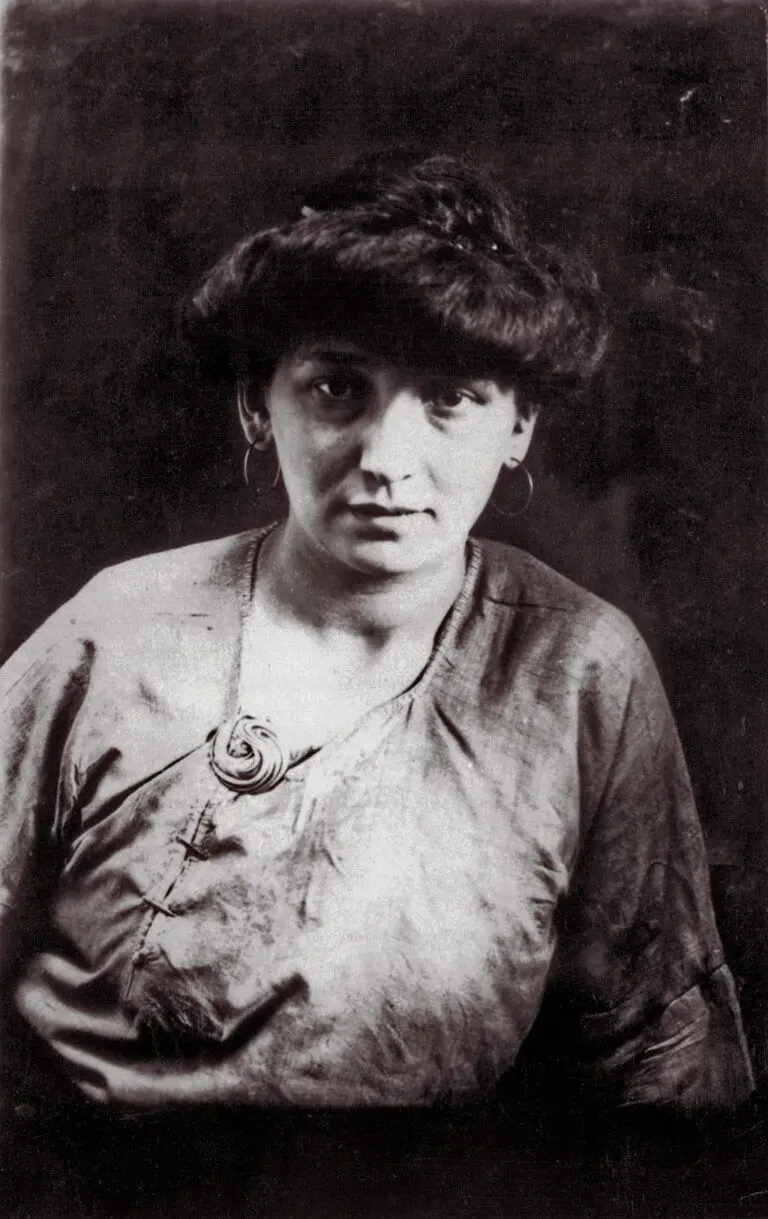
Fernande Olivier, photographed by Pablo Picasso, 1906
Musée Picasso, Paris
© RMN-Grand Palais/Art Resource, NY, Photo: Madeleine Coursaget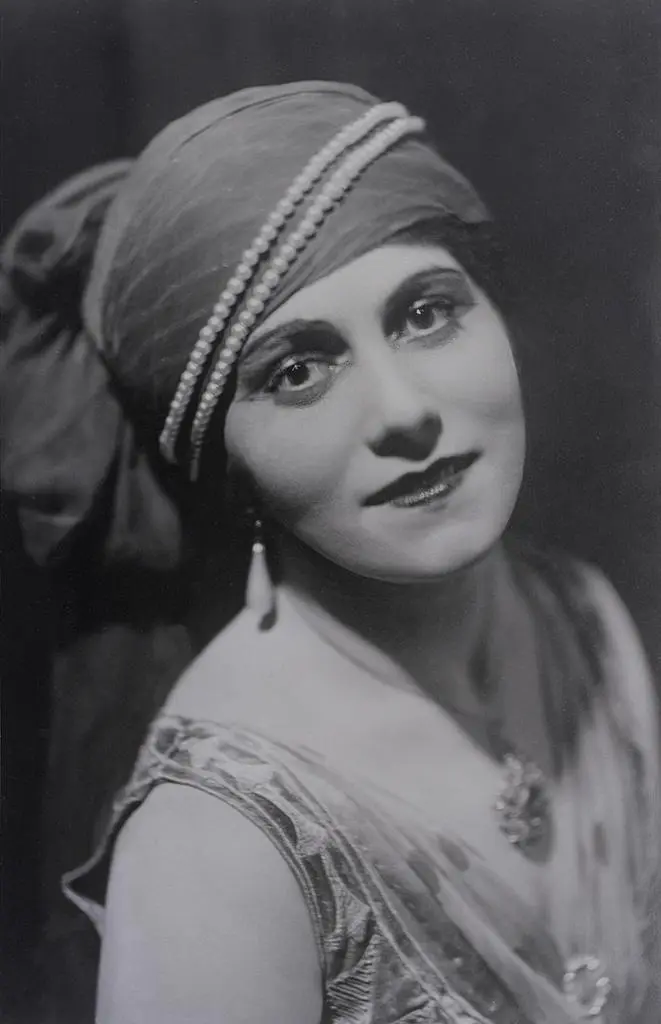
Olga Khokhlova in costume for the Shéhérazade ballet, 1916
Archives Olga Ruiz-Picasso
Courtesy of Fundación Almine y Bernard Ruiz-Picasso para el Arte
All rights reserved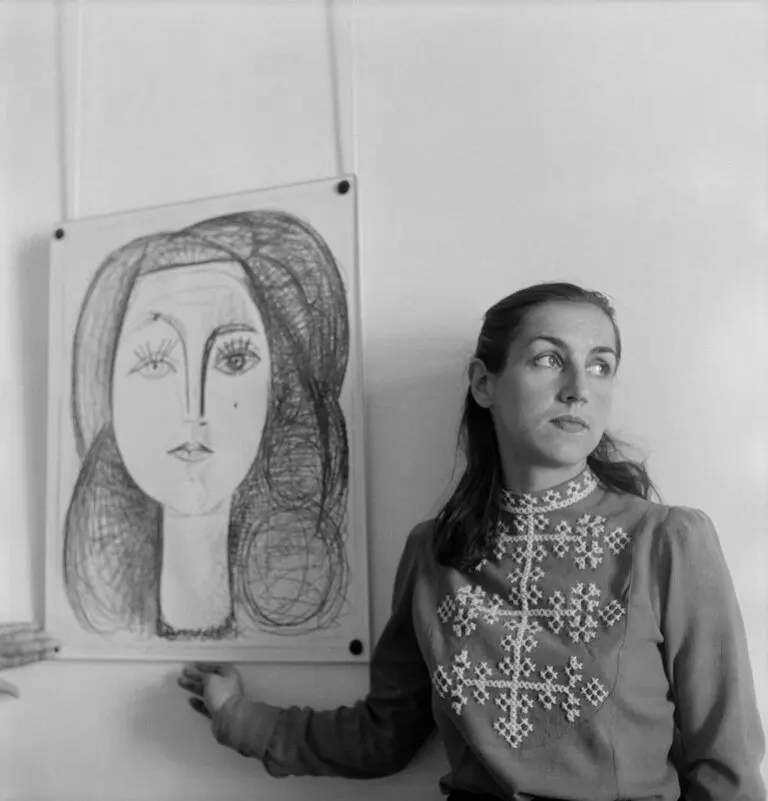
Françoise Gilot next to Picasso’s portrait of her, 1952
© Denise Colomb
Photo: © Ministère de la Culture/Médiathèque du Patrimoine, Dist. RMN-Grand Palais/Art Resource, NY
Publication

Picasso: The Artist and His Muses
Co-published by Art Centre Basel, Black Dog Publishing and the Vancouver Art Gallery, 2016
Paperback, 160 pages
Illustrations: 140 colour
Editor: Katharina Beisiegel
Contributors: Katharina Beisiegel, Cécile Godefroy, Laurence Madeline, Catherine Soussloff, Vérane Tasseau, Gertje Utley, Diana Widmaier Picasso
The publication features six texts by leading art writers and reproduces career-spanning works that illuminate the lives, personalities and creative pursuits of these women, who were all principal figures in Picasso’s personal life and strongly influenced his career.
Visionary Partner for Scholarship and Publications:
The Richardson Family
Available at the Gallery Store.
